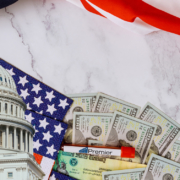The Treasury Department has reopened the Paycheck Protection Program (PPP)
The Treasury Department has reopened the Paycheck Protection Program (PPP), following new guidance on the small business forgivable loan program. The new terms aim to quell the earlier criticisms of the relief effort. Some 5,400 businesses have received about $520 billion to date, but the aid program has been plagued by confusion surrounding forgiveness eligibility and complaints that the smallest businesses were unable to gain access to much-needed support.
“Today’s guidance builds on the success of the program and adapts to the changing needs of small business owners by providing targeted relief and a simpler forgiveness process to ensure their path to recovery,” Administrator Jovita Carranza said in a joint press release issued last week by the Treasury and the Small Business Administration (SBA).
With the reopening of the PPP, community financial institutions will be given priority to submit applications to the SBA from businesses that previously were shut out or unable to apply.
The SBA said it plans to open the program “to all participating lenders shortly thereafter,” according to a statement. The last day to apply for a first or second round PPP loan is March 31.
Who is Eligible for a Second PPP Loan?
Those seeking a second PPP loan must have:
- Previously received a PPP loan and plan to or already have used the full amount for qualifying expenses.
- No more than 300 employees
- Experienced at least a 25% reduction in gross receipts between comparable quarters in 2019 and 2020.
- Asked for no more than $2 million; the amount granted will be based on an applicant’s payroll
The eligibility criteria has changed for this round of funding. Notably, the eligible business size has dropped from 500 employees or less to 300 employees or less, which would make some businesses ineligible for a second loan even if they were approved for a first draw.
And there’s some gray area when it comes to the requirement to show a 25% reduction in gross receipts for a quarter in 2020 versus the same quarter in 2019.


